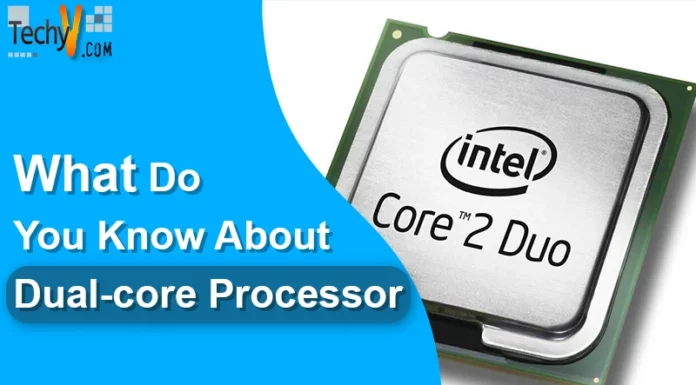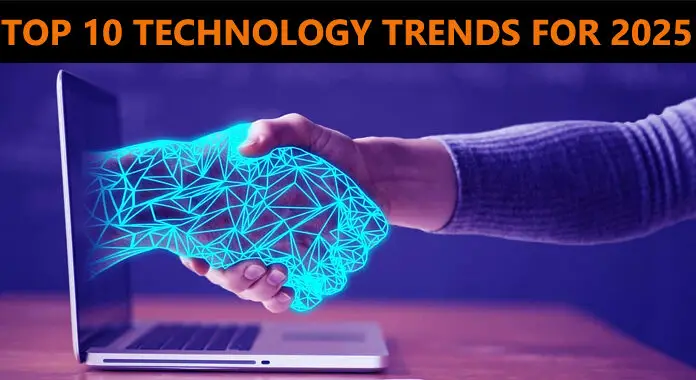LAPTOP VS NOTEBOOK
The world of computers. Computer-related technologies and computer products are becoming more and more complex as the manufacturers of these technologies and products try to make them more suitable to the user’s requirements as well as making them more user-friendly and easy for the normal people to use without the requirement of technical knowledge.
Due to these reasons, computers and their related products have become cheaper, easy to use and they enable their users to achieve their tasks in a much more effective and efficient manner.
There are many computer technology related devices or products that cannot be differentiated. This is because these products may be meant to do the same tasks and goals or maybe they look the same with very little or no differences between them. To be able to differentiate these products, one must have knowledge about them and the way they function as well as their requirement and the way they work. A very good example of computer-related products, that most people cannot be able to differentiate or tell one from the other, are laptop computers and notebook computers.
To a very large population of the world, these two product types are the same and they perform tasks and look the same way apart from the fact that notebook computers are smaller than laptop computers. Well to the disappointment of many people, I am sorry to say that they are two very different products although they have similarities to each other.
Similarities between Laptops and Notebook computers
Greater portability: – Both the Laptop and notebook computers offer a greater portability as compared to the normal desktop computers (also known as table computers). This means that moving around carrying a notebook or laptop computer is possible because the two are smaller in size as compared to the desktops. With these two types of computers, the computer is just one single thing that looks like a small briefcase.
nr26.jpg)
Very low power consumption: – Both the laptop computers and notebook computers use very low power. The two types of computers are built in a way that they need very low requirement in order to function. They both have internal batteries. When a laptop or notebook computer is connected to a power source, the inbuilt battery will continue charging as the computer uses the power from the source.
Liquid Crystal Display: – The two types of computers used Liquid Crystal Display (LCD) screens. The LCD technology has really been very instrumental in increasing the portability of computers as well as the quality and resolution with which images and information is displayed by these computers.
Very compact: – These two types of computers are compacted into a briefcase-like computer. The whole computer is just one device that opens up into the screen and the keyboard. There is no need for many cables, in fact the only cable needed is just the power cable and you can use the computer. The fact that these computers come with an inbuilt battery adds to the way the computers are compacted in that they do not need external Uninterrupted Power Supply (UPS). Most devices and cards are inbuilt in these two types of computers.
Network connectivity: – Both the two types of computers come with inbuilt integrated modems and are able to connect via cable network.
Differences between Laptops and Notebook computers
Size: – A notebook is 2 to 3 inches smaller than the laptop computer. Ideally the laptop computer was built to provide a computer that has all the functions and capabilities of a desktop computer but also portable. The notebook computer was developed for the increased need for a computer that has only the basic and most productive aspects of the laptop computer and that had more portability than the laptop computer. The size of the screen in notebook computers is smaller than that of laptops.
Graphics: – The notebook comes with very minimal graphics subsystems as compared to the laptops that come with graphics subsystem from Nvidia, GeForce, or ATI Radeon.
Wireless and network connect:- The notebook computer comes with integrated network modem and network connection that enables them to connect to wire networks. On top of the network capabilities of a notebook computer, the laptop comes with wireless connection capabilities such as Bluetooth and Wi-Fi.
Battery life: – The notebook computers have a longer battery life (4-5 hours) as compared to laptops computers (approximately 3 hours). The laptops consume more power than the notebook computers because they have more functions and services that are not offered by the notebook computers.
Disk Drives and Hard drives: – The notebook computers do not have internal drives (DVD or CD Drives) while on the other hand the laptops have them. The hard disk space for notebooks is generally smaller than the hard disk space for the laptop computers.
Keyboard: – The notebook computers have the smallest possible keyboards that still retain all the functionality that should be provided by the keyboards while the laptop computers have large keyboards that have all the features.
Audio and Speakers: – The laptop computers have very high and integrated speaker and audio systems as compared to notebook computers.
Upgradeability: – The laptop computers are easily upgradeable as compared to the notebook computers which generally cannot be upgraded or upgrading them is very hard.
Conclusion
It is very important for computer users to understand the differences between these two types of computers so that one can be able to decide on which of the two computers they should buy.
When one is looking for a portable computer that provides the same functionalities as a desktop computer then the best option for that person is a laptop computer. They can do all the things they would do on the desktop using the laptop and still be able to use the computer for leisure (they could use the laptop for playing very interactive and interesting games that will not play on a notebook computer due to its limitation in Graphics).
Notebook computers are very suitable for people who require more portability and mobile computing while having just the productive services and basic services of the laptop or desktop computer.


















